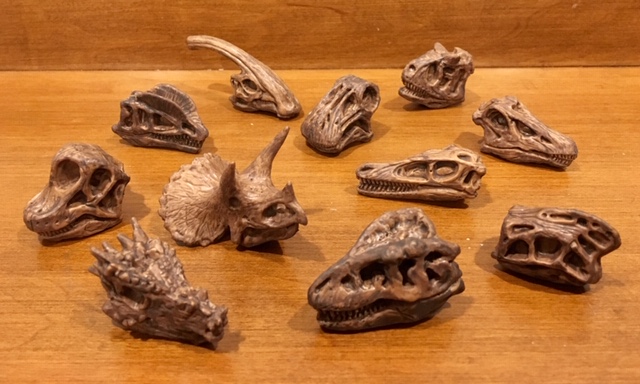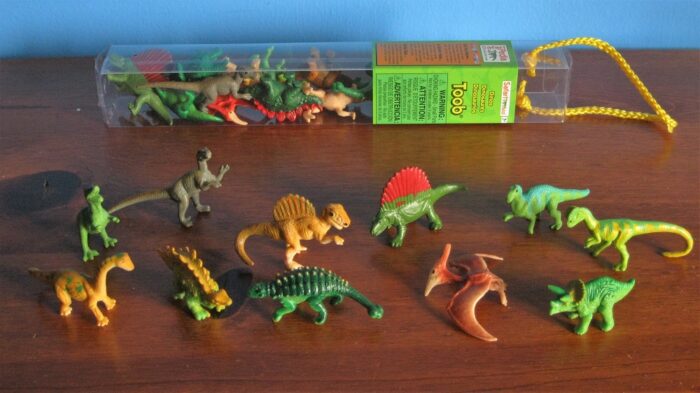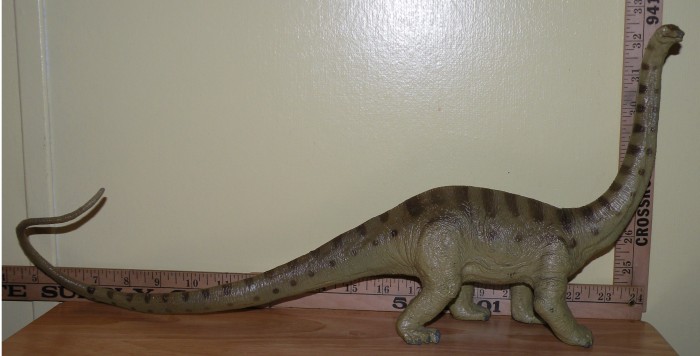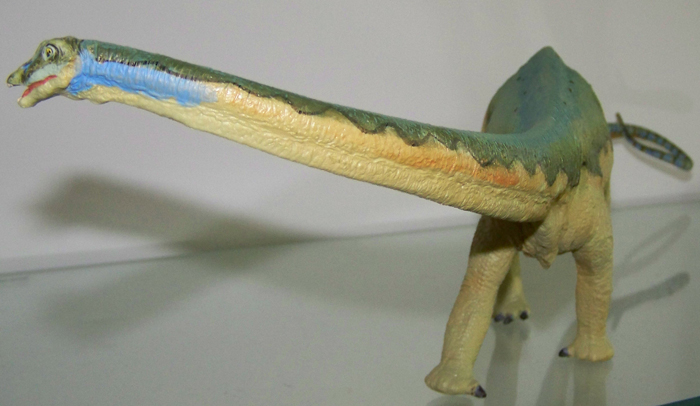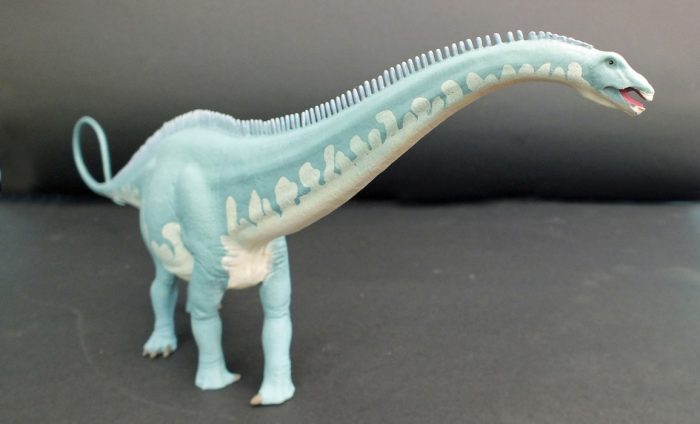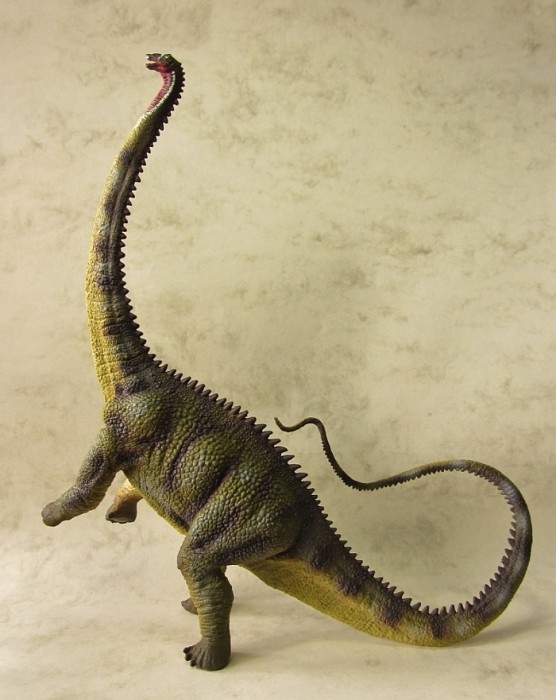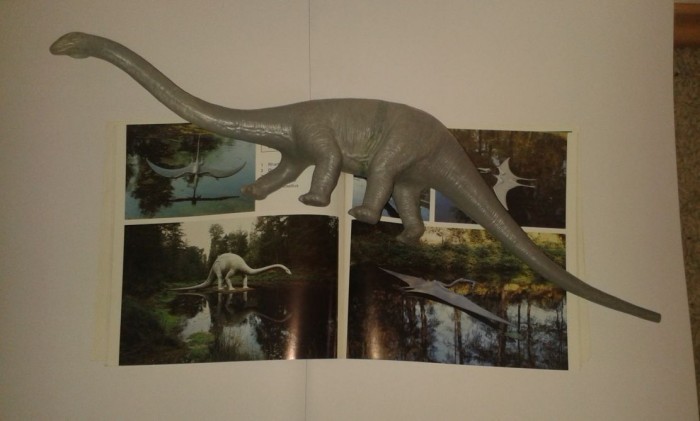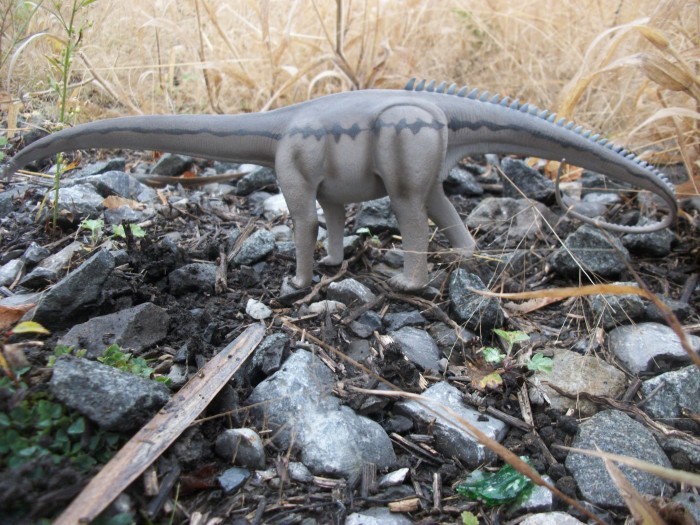From the savage teeth of tyrannosaurs to the intimidating horns of ceratopsians to the endearing crests of hadrosaurs and to the peculiar noggins of pachycephalosaurs, dinosaur skulls truly are stupendous. I previously reviewed Safari’s toob of prehistoric mammal skulls; now I’ll be looking at their Dino Skulls toob.
All Diplodocus Reviews
Review: Dinos (Toob by Safari Ltd.)
Review: Dinosaurs III (Authentics Habitat Collection by Safari ltd.)
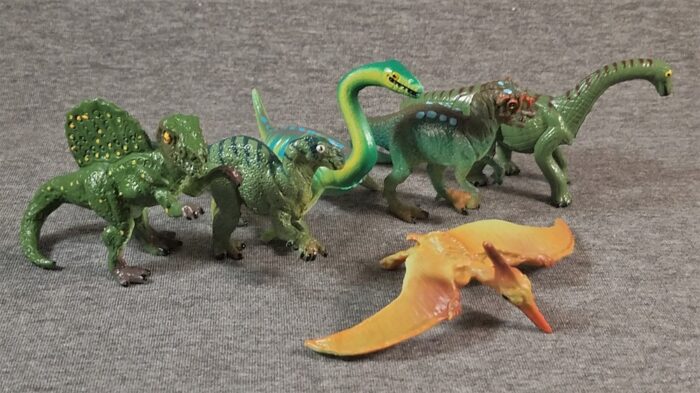
3.7 (15 votes)
The final set of Safari’s first forays into dinosaur miniatures features a charming blend of aesthetics, and also serves in retrospect as a tribute to a dawning hobby and its burgeoning artists.
In 1994, Battat was commissioned by the Boston Museum to produce what would become one of the most praised toy lines in dinosaur collecting.
Review: Diplodocus (1988) (Carnegie Collection by Safari Ltd.)
Review: Diplodocus (2008) (Carnegie Collection by Safari Ltd)
Review: Diplodocus (2017) (Wild Safari by Safari Ltd)
Review: Diplodocus (Battat)
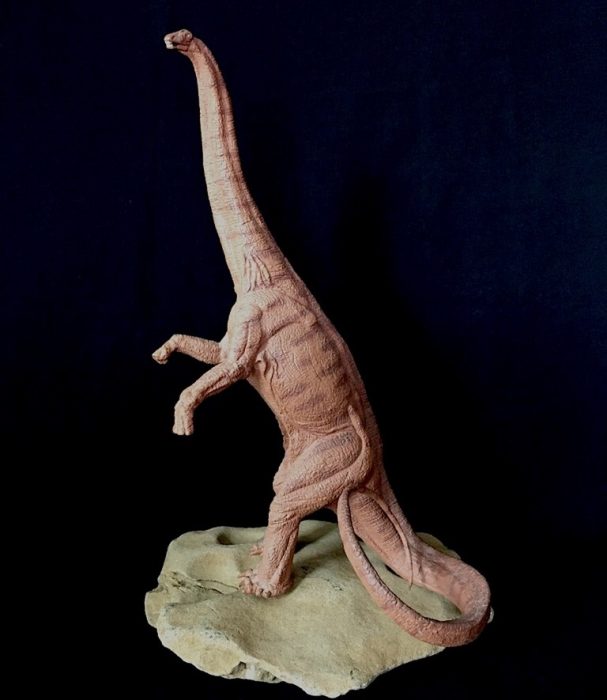
4.7 (18 votes)
Review and photos by Bokisaurus, edited by Suspsy
Without a doubt, the Battat line of dinosaur figures is one of the most famous that has ever been produced. Since its original release back in the mid-1990s’ and up to its most recent revival, so much has been said about the line that it is safe to skip all the history behind it.
Without a doubt, the Battat line of dinosaur figures is one of the most famous that has ever been produced. Since its original release back in the mid-1990s’ and up to its most recent revival, so much has been said about the line that it is safe to skip all the history behind it.
Review: Diplodocus (Collecta)
Review: Diplodocus (Eofauna)
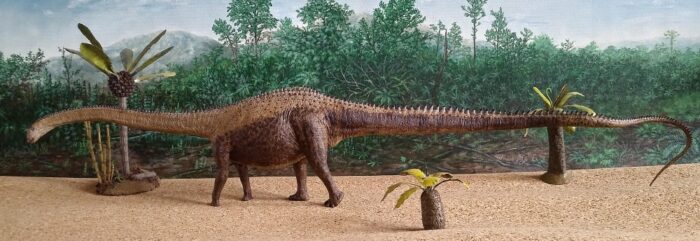
4.9 (47 votes)
Diplodocus is without question one of the most famous dinosaur species, not least because its history goes a fair way back in the science of paleontology. In 1877 Samuel Wendell Wilson in company of his mentor Benjamin Franklin Mudge led an expidition for Othniel Charles Marsh (this name may ring a bell with a much wider range of people) and discovered first fossils of Diplodocus.
Review: Diplodocus (Invicta)

4.9 (18 votes)
Can you believe we haven’t covered this figure yet? One of the first truly lo-o-ong dinosaur toys, the Invicta Diplodocus dates back to 1974. It was a simpler time, when sauropods were kind enough to drag their tails around for allosaurs to snack on at their convenience, and some of our more aged forum members were yet to become the embittered, black-hearted old cranks that they are today.

